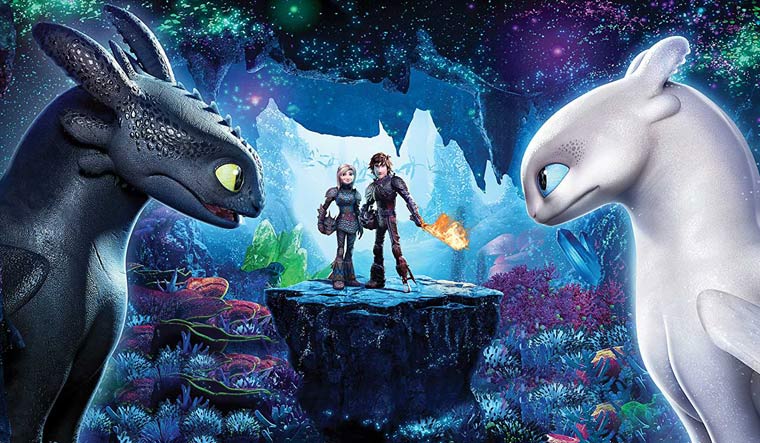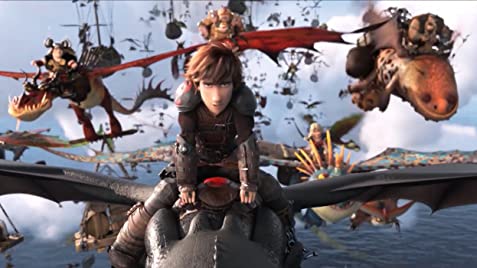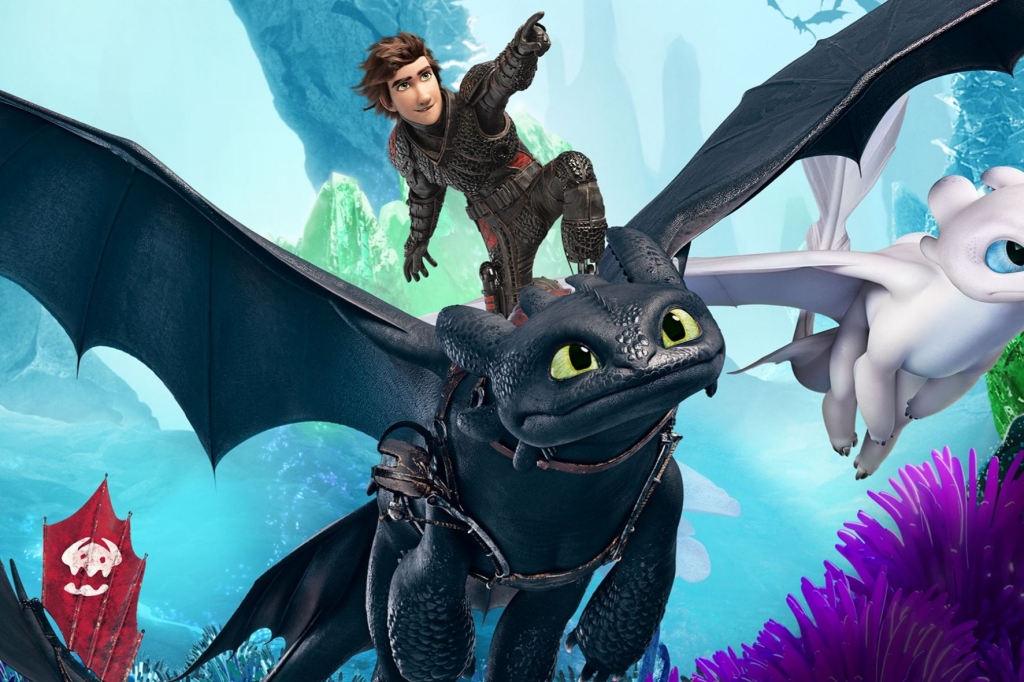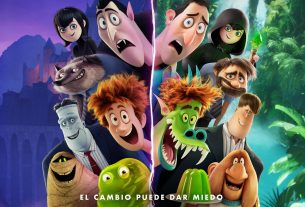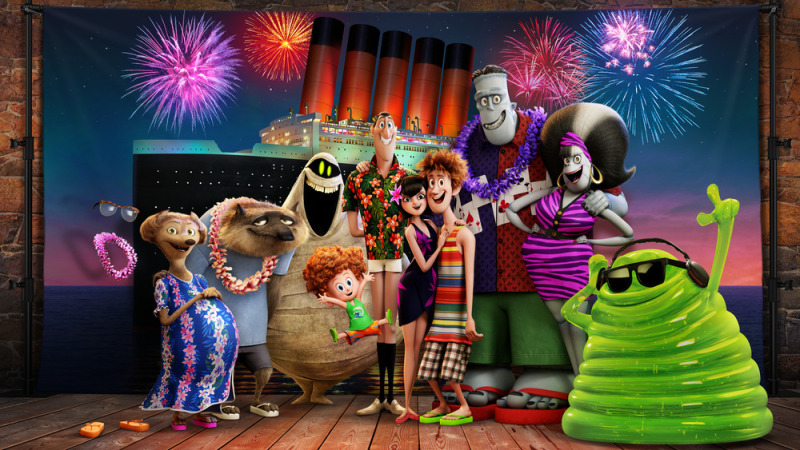Over the course of the 15 years between Toy Story and Toy Story 3, Pixar Animation Studios underwent a monumental evolution from a computer firm taking its first steps into animation to an industry-changing powerhouse. Over the nine years between How to Train Your Dragon and the new trilogy-capper How to Train Your Dragon: The Hidden World, DreamWorks Animation went through a much more troubled evolution with rapid expansion, financial struggles, leadership changes, and an eventual sale to NBCUniversal. Both companies are producing more visually sophisticated, ambitious films than ever before, but where Pixar found solid artistic and commercial footing over the course of its signature trilogy, DreamWorks has consistently struggled. And while the new film is a beautiful spectacle, it shows a company that’s still, as always, struggling to find a strong identity of its own.
Exactly like Toy Story 3, How to Train Your Dragon: The Hidden World is about growing up and letting go — somewhat suspiciously so, given that Toy Story 3 earned such high praise for its handling of the theme nearly a decade ago, and Hidden World doesn’t have many more ideas than that. In the third installment in the series, young Viking chieftain Hiccup (Jay Baruchel) has to learn that his identity isn’t entirely bound up in Toothless, the dragon partner he befriended in the series’s first installment. Given their deep and satisfying friendship, that sometimes feels like an odd message. Metaphorically speaking, it feels like the movie’s saying that to grow up, people need to let go of their beloved pets. But writer-director Dean DeBlois at least loads the story with visual style and a lot of heartfelt wonder.
As the film begins, Hiccup and his Viking town of Berk are again under threat from dragon-trappers who want to capitalize on Berk’s massive dragon population by whisking them all away to some unclear fate. Given that Hiccup and his dragon-rider friends are formidable opponents, the trappers enlist the help of legendary dragon-killer Grimmel (Amadeus’ F. Murray Abraham) to take out Toothless, as he’s apparently eliminated every other member of Toothless’ species. Hiccup’s response is an attempt to find the legendary Hidden World where dragons come from, hoping to move Berk and its dragons there. Minor adventures ensue, but mostly, Toothless meets a female of his species for the first time and starts trying to woo her.
It’s mildly bizarre how much of Hidden World just feels like a National Geographic special tracking the sexual habits of dragons. The sheer amount of time DeBlois spends on dragon mating dances (heavily inspired by real-life bird mating dances) and courtship rituals suggests that he’s much more interested in the visuals of this film than on any narrative weight. The story often feels rushed and thin, with Grimmel as a threat closely echoing the dragon trapper Drago from the previous installment in the series, and Hiccup’s various human buddies each getting short, annoying character arcs that never amount to anything. Hiccup’s mother Valka (Cate Blanchett) at least has a little more of a purpose in this film than she did in her introductory movie, even if it only amounts to scouting, dispensing wise advice, and weirdly not discouraging the arrogant kid Snotlout (Jonah Hill) who has a loudly aggressive crush on her and an equally loud interest in deposing and replacing her son.
Those dragon mating rituals are pretty lovely. As Toothless chases and tries to impress his female equivalent, they engage in goofy comedy routines and charming aerial ballets, both strongly reminiscent of similar scenes in Pixar’s Wall-E, but visually impressive nonetheless. The minimalism of Hidden World’s plot leaves a lot of room for long, wordless sequences of dragon dancing and dragon flight, and the sheer expressiveness of the dragon characters (still midway between cats and dogs in behavior, with a little bit of eager toddler thrown in) makes their interactions particularly memorable and approachable.
For that matter, all of Hidden World looks impressive. The initial return to Berk, now a tottering metropolis of brightly colored buildings absolutely crammed with equally brightly colored dragons, is an impressive showcase for how ambitious and wild CG animation has become. Every frame of the film that’s set in Berk is distractingly busy with neon shades and independent movement, with zany architecture and wildly designed life. For viewers content to just lean back and let the film wash over them, there’s plenty of beauty here, some of it downright awe-striking.
The narrative element rarely finds equally impressive footing. While Toothless is cozying up to the first female of his species he’s ever seen, Hiccup is similarly trying to figure out his relationship with his crush Astrid (America Ferrera), under pressure from a village that expects them to marry. That’s potentially odd territory for a kids’ movie, and DeBlois handles it by shorthanding it, with Astrid feeling they’re too young to get married… until she suddenly doesn’t. It’s impressive that he never falls back on some big clichéd moment where Hiccup saves her life and she dramatically realizes how she feels about him. Their relationship grows quietly and organically, out of working together on the same cause. But their plot gets much less attention than Toothless’ frantic attempts to wing-waggle or silently soar his way into a female’s heart. Like so much about the film, their story is a complicated idea with such extremely simple execution that it doesn’t entirely resonate as real.
That dynamic reaches throughout the movie. It’s not that Hidden World is a deeply problematic movie in any particular regard. It just seems too basic in its outline, and too familiar in its execution, both from Pixar movies that follow strikingly similar lines and from the past two Train Your Dragon films. Its story ambitions are grand — for instance, in including a villain who’s apparently single-handedly all but wiped out an entire species — but it rarely fills in the details. It’s unclear why Grimmel hates Toothless so much or why he doesn’t take any of his multiple opportunities to kill the dragon. He’s just an Evil Villain, with no sense that the film needs to try to explain more than that.
Hidden World’s conceptual familiarity and failure to fully live up to its own ideas highlights an issue DreamWorks’ animation has always had. In its early days, the studio directly copycatted Pixar, with movies like Antz and Shark Tale attempting to ride the coattails of A Bug’s Life and Finding Nemo. More recently, DreamWorks has fallen back on pumping out franchise installments and endless related spinoffs in an attempt to get on more solid financial ground. The studio has never had much of a signature or an identity equivalent to Pixar’s solid grounding in richly emotional stories, and Hidden World does nothing to cement DreamWorks’ identity or even suggest where that might be going.
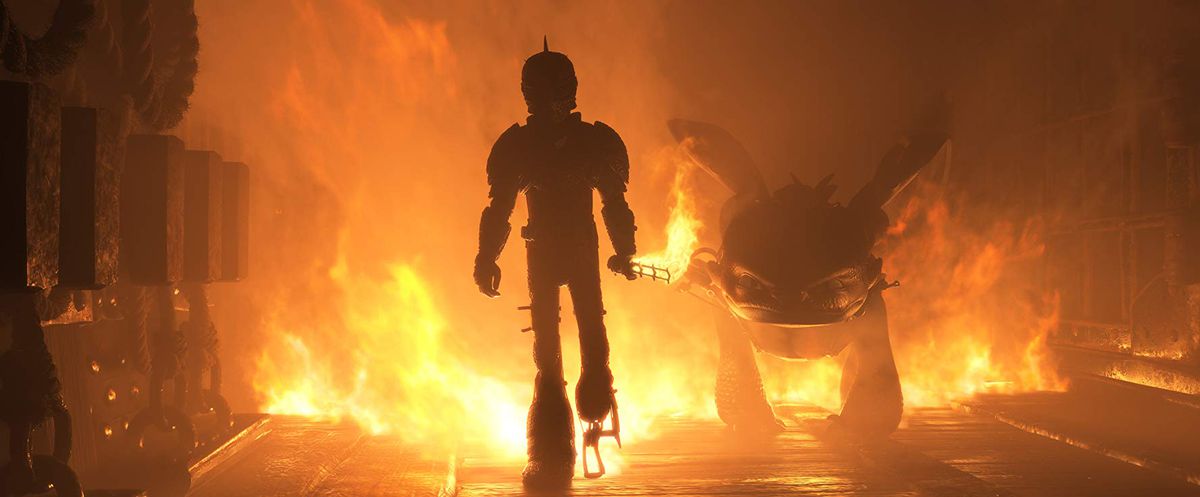
All of the most daring things about the film — DeBlois’ willingness to spend long segments on wordless sky-dancing or explore some of the painful processes of finding an adult identity — feel directly cribbed from other movies. The film’s eye-candy is endlessly impressive and a worthy reason to see the film in a theater, but it’s never as memorable as authentic, unique story moments like Hiccup’s first connection with Toothless in the series’s first installment. Hidden World is a plausible enough ending to the Train Your Dragon series that hits all of the expected beats and finds plenty of time for art. It just doesn’t go that one step further into fully realizing its world and its characters as relatable or even entirely plausible people.
The original How to Train Your Dragon was a wonder, a joyous, funny, heartfelt film that felt like the beginning of a whole new era for DreamWorks. Instead, it’s become a platform for the studio to keep churning out familiar work. This film feels like the studio wanted it to be the next step in its development toward more ambitious stories. Instead, it’s a gorgeous hangout movie. There are worse things to be. But there are better ones, too, and at its best, DreamWorks has proved that.
